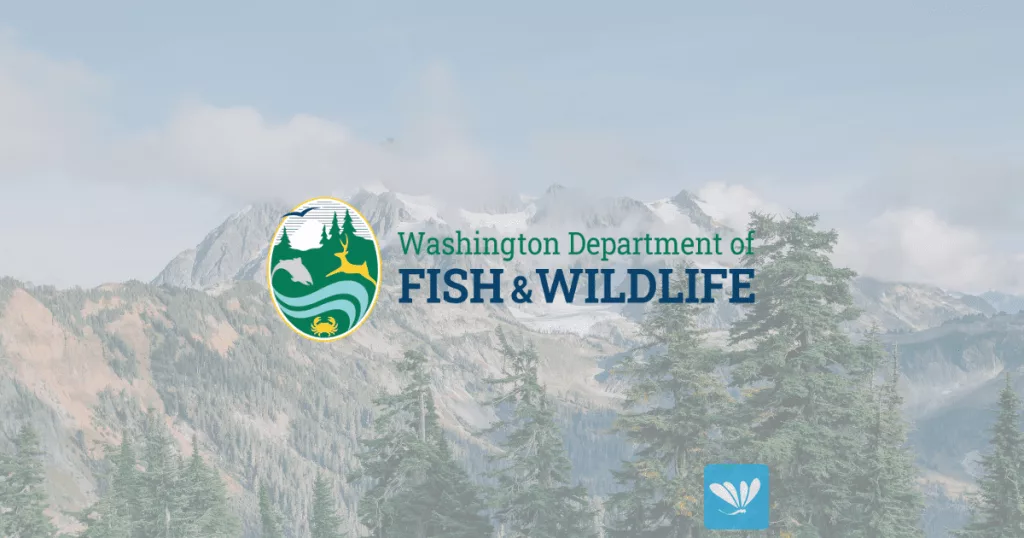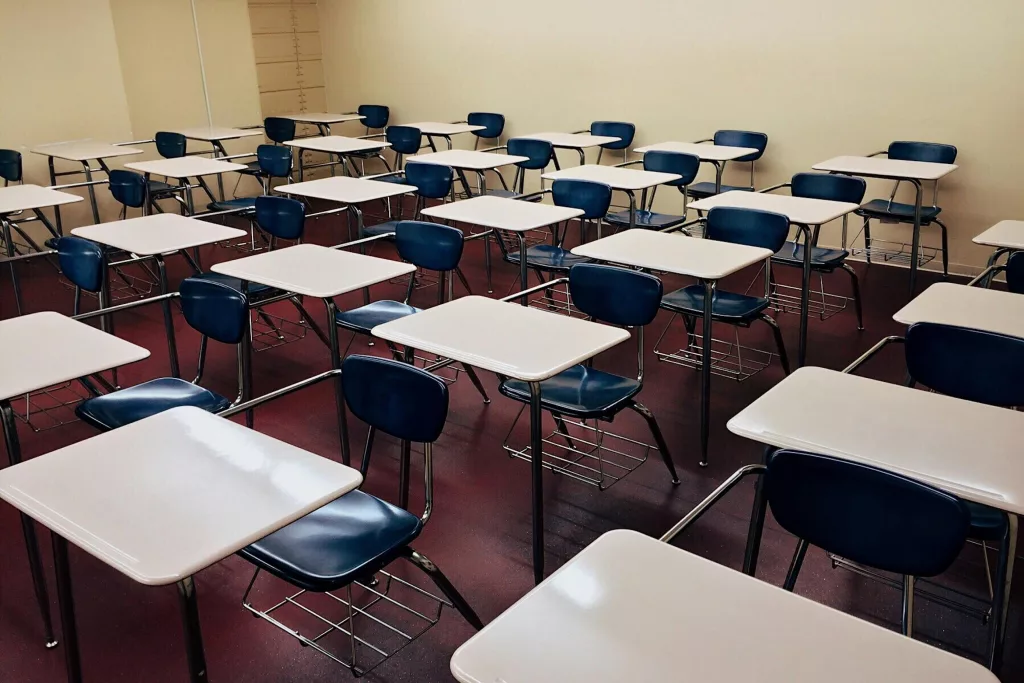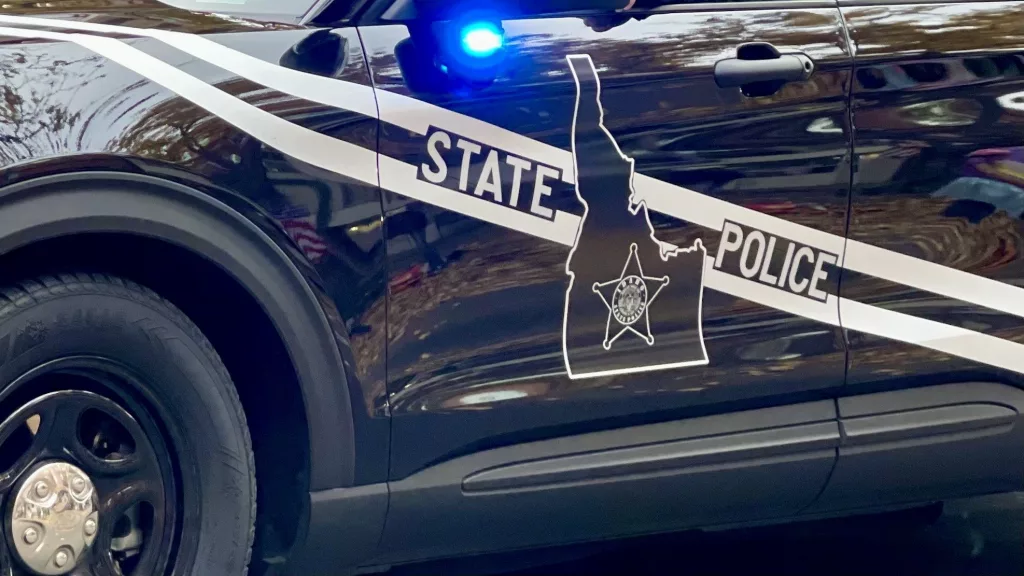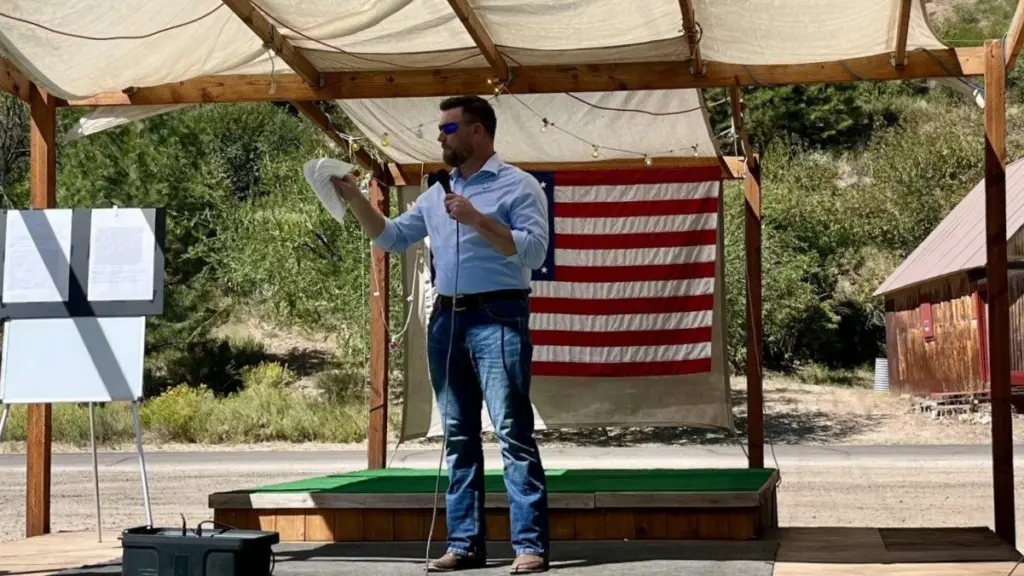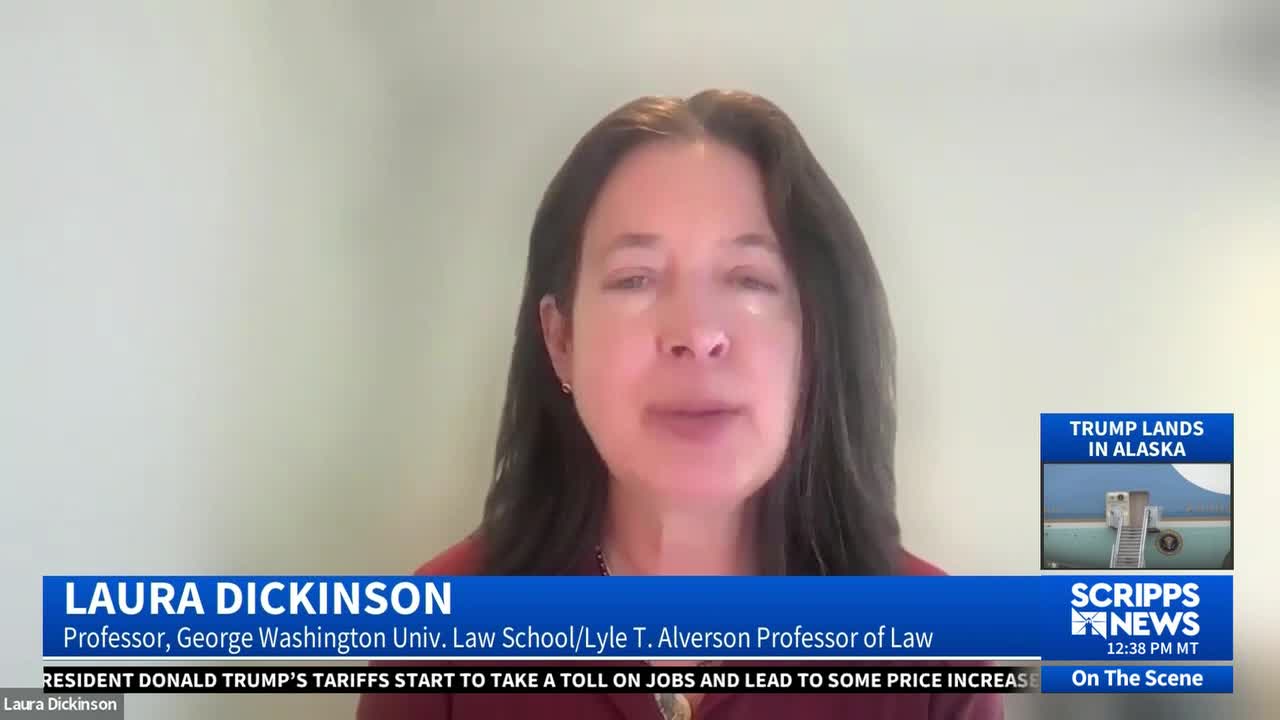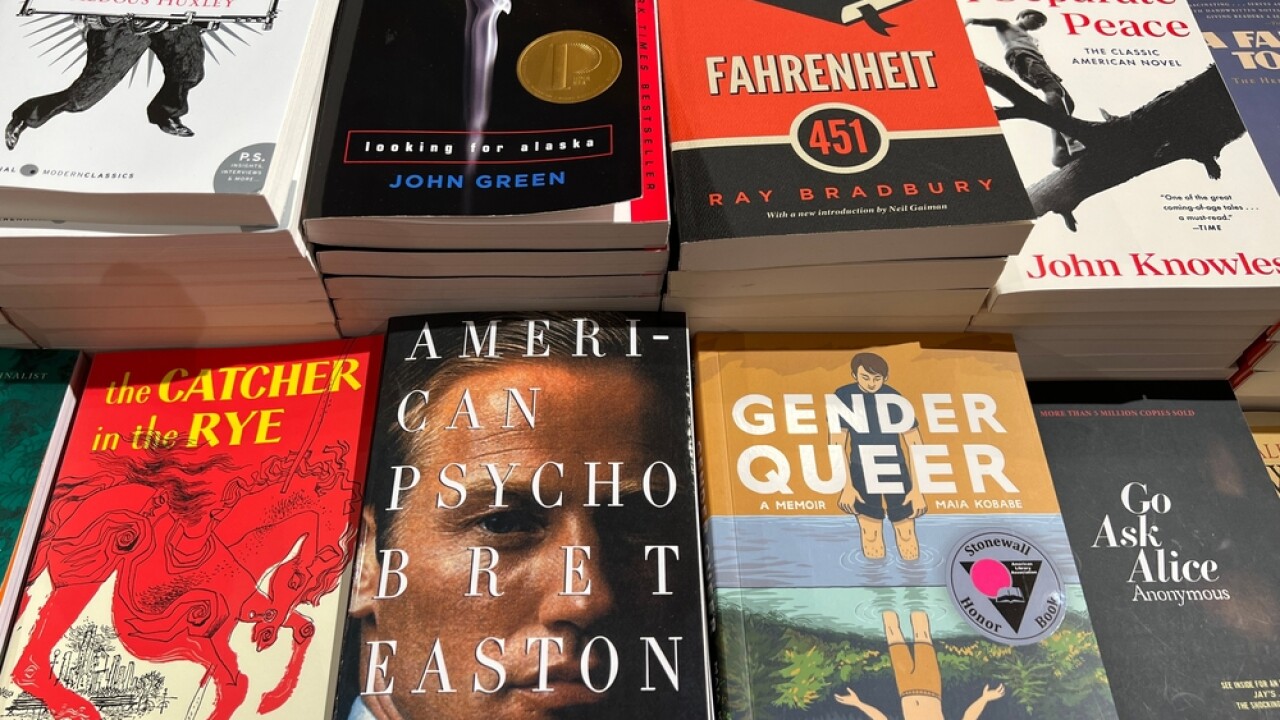Olympia, Washington The second round of Wildlife Diversity Grant awardees was announced by the Washington Department of Fish and Wildlife (WDFW), which will provide roughly $1 million in funding over the following two years. Eight cooperative projects that target some of Washington’s most endangered animal species are supported by this investment.
Project partners can now build on early achievements and expand recovery efforts thanks to the second-phase money provided to several projects sponsored during last year’s cycle’s initial grant round. Additionally, several new proposals that address new conservation needs throughout the state are being funded by WDFW.
According to Jenna Judge, assistant division manager for WDFW’s Wildlife Diversity Division, these follow-up stages are crucial. This type of labor is not finished in a single season. Real outcomes need years of perseverance and teamwork.
The goal of all approved funds, whether they are for new initiatives or ongoing phases, is to make a significant impact on long-term species recovery. Judge pointed out that WDFW is investing in momentum and innovation in biodiversity conservation by maintaining a competitive portfolio of high-impact programs and funding numerous new ones.
Grant recipients
The awarded projects cover a wide range of conservation concerns throughout Washington, from monitoring endangered shorebirds and safeguarding unusual snakes to managing invasive bullfrog populations and constructing artificial tunnels for burrowing owls:
- Bumble bee long term monitoring Xerces Society for Invertebrate Conservation
- Bullfrog control for endangered pond turtle recovery Mt. Adams Resource Stewards
- Artificial burrow installation for declining burrowing owl populations U.S. Fish and Wildlife Service
- Coastal dune shorebird monitoring Ecostudies Institute
- Streaked horned lark population monitoring at Olympia Airport Ecostudies Institute
- Oregon spotted frog recovery actions Billy Frank Jr. Nisqually National Wildlife Refuge
- Monitoring and protecting desert-striped whipsnakes Amphibian and Reptile Conservancy and Central Washington University
- Tufted puffin reintroduction feasibility assessment Oikonos Ecosystem Knowledge
A long-term commitment to biodiversity
These awards are in line with WDFW’s overarching plan to preserve and restore biodiversity via consistent, team-based, research-based efforts. Legislative investments in species with the greatest conservation and information needs provide financing for the Wildlife Diversity Grant Program, and the department expects to continue funding it in subsequent biennia as long as funds remain available.
60 applications seeking over $12 million were submitted to WDFW this year, indicating the energy and capability available throughout Washington for species recovery efforts. The Department invested $1 million in this round, but was only able to finance a portion of the initiatives that were suggested due to financial limitations.
If additional funding becomes available, we can effectively manage a broader portfolio of projects thanks to the infrastructure we’ve established to administer this program, said Hannah Anderson, manager of the wildlife diversity division. It takes time for a species to recover. It requires a well-coordinated, continuously supported community of landowners, researchers, conservationists, tribes, and volunteers. That is made possible in part by this grant program, and with sustained and increasing investment, we can address the conservation demands brought about by decades of underfunding this type of work.
More information
On the WDFW website, you may find a complete list of grant winners and project outcomes.
In addition to offering sustainable possibilities for commercial and recreational fish and wildlife, the Washington Department of Fish and Wildlife strives to conserve, protect, and perpetuate fish, wildlife, and habitats.
